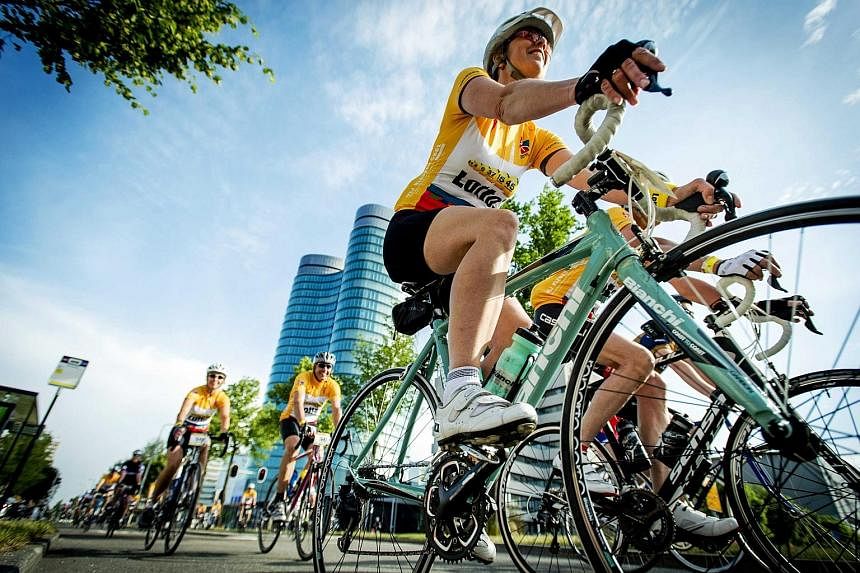CHESTERMAN UTRECHT (Netherlands) • In recent years, a lot of focus on cycling - and in particular the Tour de France, which starts tomorrow and ends on July 26 - has been about how things have changed in a new, cleaner era.
While no one believes doping has been completely eradicated from the sport, to a large extent, the problem has been reduced and what remains is perhaps less effective.
Instead, the worry now is about hard-to-detect micro-doping rather than the game-changing blood doping brought on by erythropoietin (EPO) and blood transfusions.
The effect on the peloton has not gone unnoticed, with the winning gaps, particularly on high mountain stages, greatly reduced recently.
It has changed slightly the way riders race but there is also another element responsible for that - the Tour's gruelling course.
In the last few years, Tour organiser Amaury Sports Organisation (ASO) and Tour director Christian Prudhomme, in particular, have gone to great efforts to create exciting, unpredictable stages.
Gone are the days when the Tour would amble through the first 10 days to two weeks of carbon-copy flat stages with a breakaway followed by a chase and usually a bunch-sprint finish.
The true test would then begin in a handful of mountain stages in which a powerful team would ride at a leg-burning tempo until their leader attacked on the final climb, decimating the competition.
Prudhomme has created a route in which no two days are alike and therefore no two challenges equal - though there are still appetising tidbits for sprinters and climbers.
Right from the off, there will be a complete examination of a rider's cycling capabilities and indeed the individual's intelligence.
The 21-stage race begins with a short individual time trial before a team race against the clock on Stage 9 but again, relatively short at 28km - no rider should lose the Tour because either he or his team are weak at time trialling.
Stage 2 is flat and ideal for a sprint finish but there is the distinct possibility of crosswinds coming off the North Sea and causing splits in the peloton, meaning every cyclist will be fighting for a place near the front. This is expected to drive up the pace, increase the tension and provoke probable crashes.
Stage 3 ends on the short, brutal climb called the Mur (wall) du Huy, which is also the finish of the Fleche Wallonne, one of three of cycling's Ardennes Classics.
The punchers will be out in force on that day, as well as Stage 6 to Le Havre and Stage 8 to the Mur de Bretagne, which have similar short, sharp climbs to the finish.
The organisers have done everything to provide drama, spectacle, challenge and uncertainty to the route. Now, it is just up to the riders to live up to it and put on a show.
A show that is clean and free of doping scandals.
AGENCE FRANCE-PRESSE

